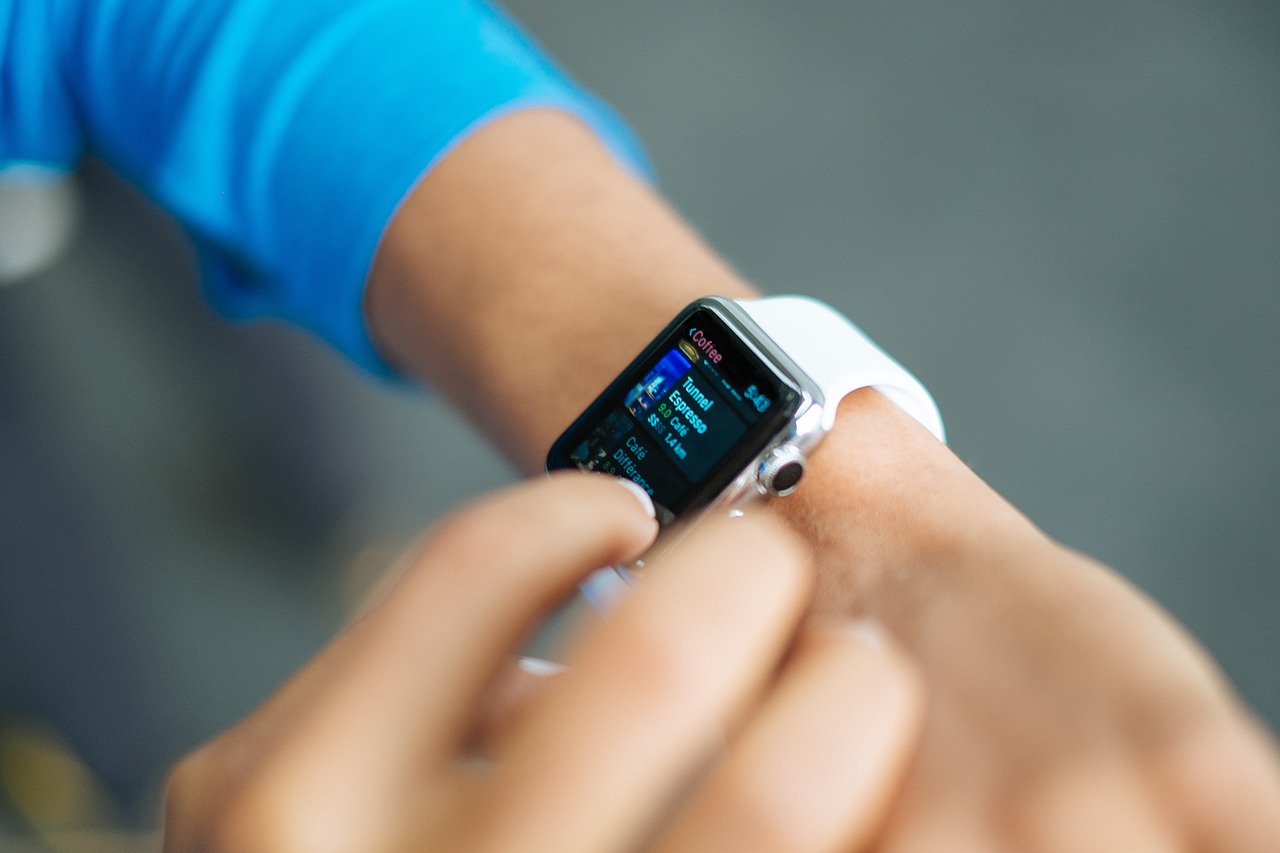Wearables & Fintech: What To Know In 2021

- N/A, N/A at N'A
- 06.01.2021 05:15 pm undisclosed
We are moving closer and closer to a future in which a vast majority of transactions take place digitally — even in person. Already, online retail and delivery services account for significant percentages of consumer transactions. And the future of digital payments is only going to move things further in this direction, through everything from in-app social media financial transfers, to cryptocurrency usage, to biometric payment.
In many cases, these changes will continue to take place in a gradual and overarching way that we all simply get used to. Chances are you’re already using some digital payment and money transfer methods today that you wouldn’t have known about five years ago — all without making a particularly conscious decision to change your habits. In other cases though, consumers will make more conscious and direct choices to embrace fintech. One example is through the ongoing adoption of wearable technology.
Wearable tech in various forms essentially gives consumers the opportunity to take advantage of fintech and conduct digital payments even without using a computer, phone, or tablet. This can help to facilitate anything from on-the-go cash transfer to — most crucially — in person retail purchases. And because these are such important elements of the larger transition toward a more digitised financial world, we’re taking a look at some of the key things to know about wearables and fintech in 2021.
1. Wearables will be more useful
Right now it’s perfectly possible to use a wearable device like a smart watch to facilitate a digital cash transfer or pay for an item at a properly equipped store. But you wouldn’t exactly say this is the norm. That may begin to change in 2021 however, as retail locations of all kinds adjust to COVID-19 and its aftermath. There is now a widespread expectation of more contactless payment in stores and restaurants, as a way to reassure consumers that they can shop without subjecting themselves to close physical contact. This is likely to mean that more store locations and restaurants will invest in point-of-sale technology that can receive digital transfers — ultimately making wearables more useful for consumers seeking a transition to digital payment.
2. Apps are already available
For those who may be newer to digital payments or fintech more broadly, it’s important to point out that in 2021 there are already a lot of apps and payment programs available. That is to say, purchasing a smart wearable device is not a matter of preparing for an ill-defined fintech future. Rather, it immediately gives you access to various programs (Apple Pay, Google Pay, the Cash App, and many more) that make it possible to pay for goods and services digitally. As we just discussed, there are many in-person stores and restaurants that are still in the process of equipping themselves to handle digital payment of this kind. But on the consumer side, everything is more or less in place already.
3. You can often find a deal
Some still shy away from wearables and their various uses due to expense. The Apple Watch is the most famous device in the category, and is an expensive piece of technology to invest in. However, while good wearables aren’t cheap, it’s well worth knowing that you can often find deals for them — particularly early in a new year. Notably, online mega-retailers from Amazon to Very will often run holiday sales and product discounts, which will often see popular electronics discounted — sometimes by as much as 50%. This doesn’t mean you can necessarily get your wearable of choice at that price. But by keeping an eye on online retail sales calendars and product-highlighting discount offers, you can obtain this kind of tech for much less than you may expect.
4. Glasses are coming
Our last point specific to 2021 is that this may well be the year in which we begin to see wearable smart glasses easing into the consumer mainstream. That doesn’t mean we’ll see an updated version of Google Glass, nor the eagerly anticipated Apple glasses. However, new smart glasses releases are already slated for the year ahead, and they will at least begin to give us a glimpse of what the world of wearable financial tools might soon look like. As much as it is already possible to use existing wearables to conduct transactions, it’s entirely possible that we’ll soon be using popular smart glasses to do the same thing on an everyday basis.
The alignment of wearables and fintech will likely produce some surprises too, both in 2021 and into the future. There may well be services and devices we can’t entirely envision right now, but which will be ubiquitous in another few years. But the points above should give you an idea of what to expect and how to handle the transition to digital payments as it continues this year.





















